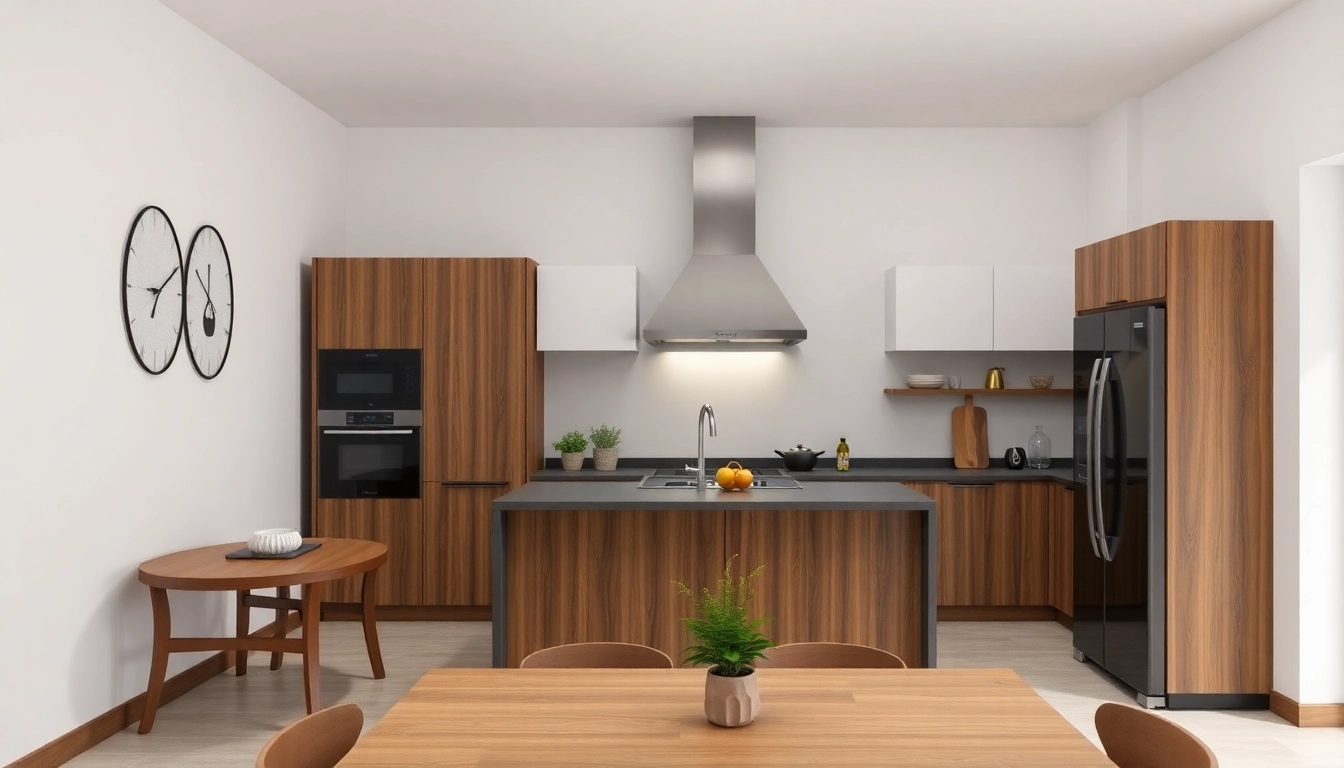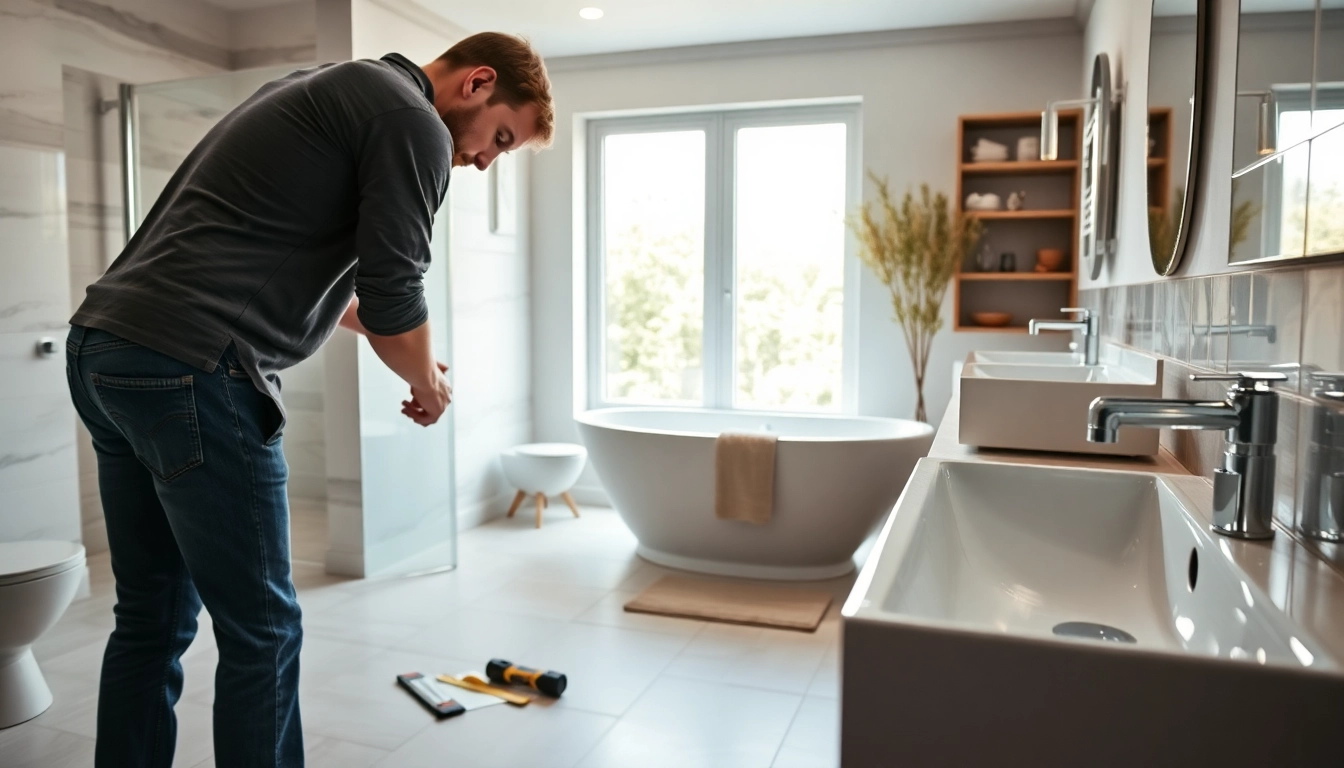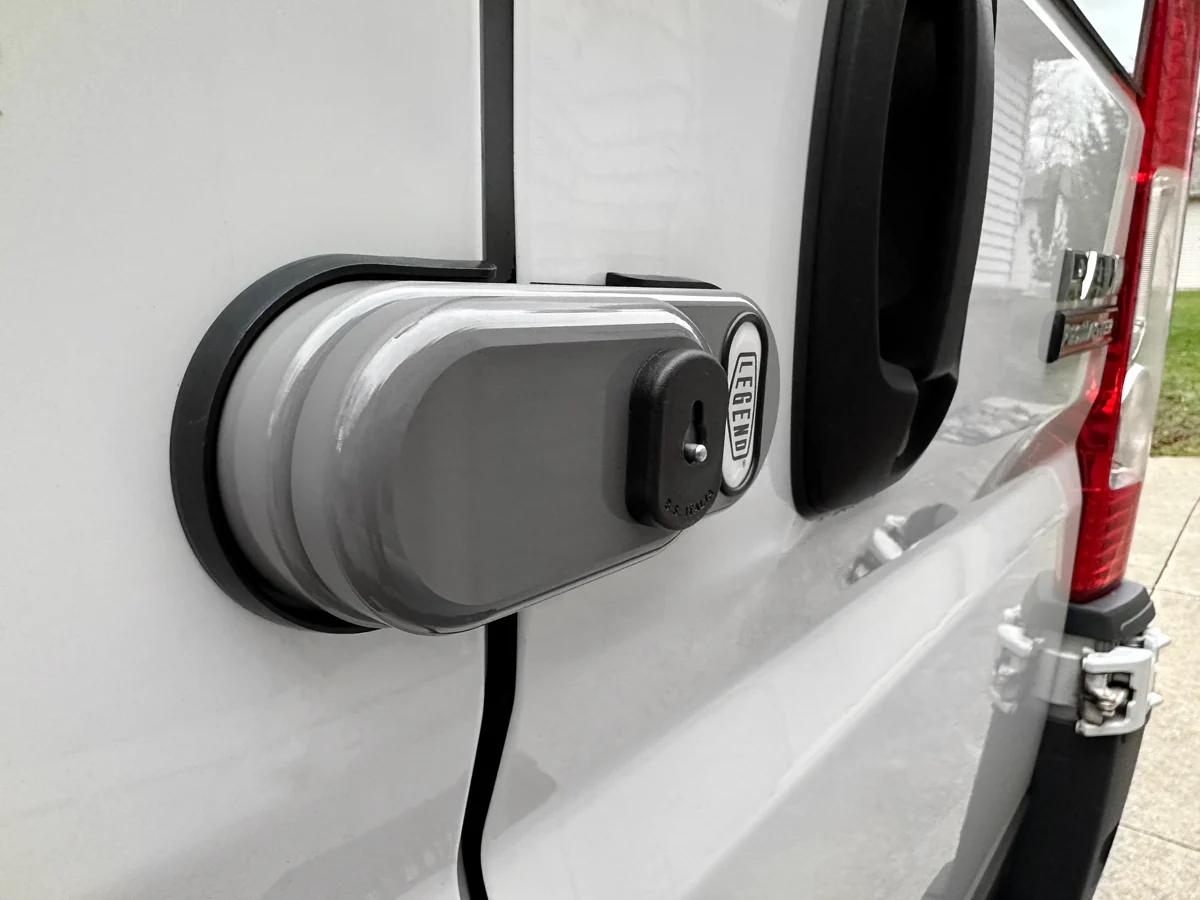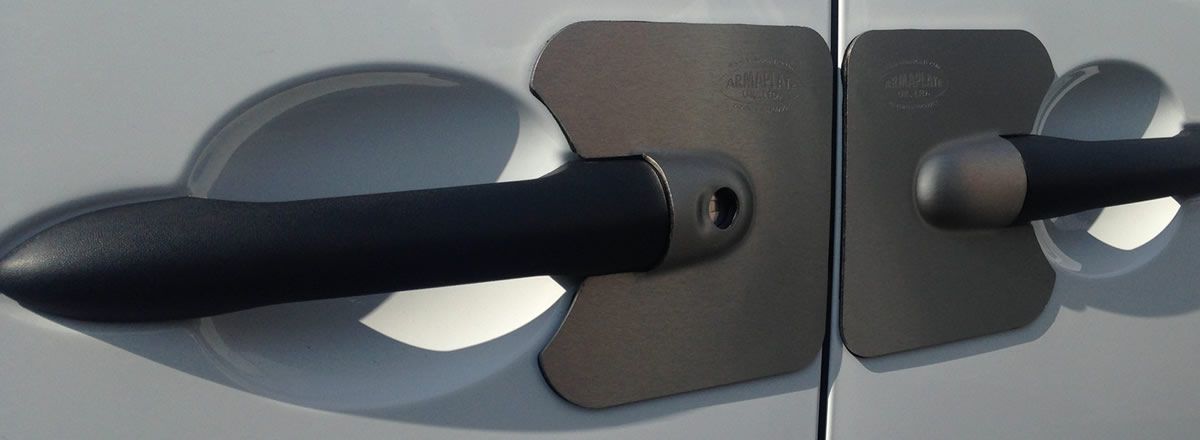
Introduction to Water Vapor Fireplaces
In recent years, water vapor fireplaces have emerged as a modern alternative to traditional wood-burning and gas fireplaces, captivating homeowners with their innovative design and unique features. These stylish fixtures offer more than just aesthetic appeal; they represent a shift toward more environmentally friendly and safer heating solutions. As society becomes increasingly aware of its carbon footprint, water vapor technology stands out by providing an ambiance reminiscent of fire while being safe for both households and the environment.
What is a Water Vapor Fireplace?
A water vapor fireplace is an electric fireplace that employs ultrasonic technology to create a stunning flame-like illusion. Unlike traditional fireplaces that require fuel such as wood or gas, water vapor fireplaces use a combination of water and light to produce realistic flames. The ultrasonic system works by generating a fine mist from the water, which is then illuminated by LED lights, creating the appearance of flickering flames. This technology is not only innovative but also significantly safer, as it generates no real fire.
How a Water Vapor Fireplace Works
The functionality of a water vapor fireplace hinges on its innovative use of ultrasonic waves. When activated, an ultrasonic transducer vibrates, producing a fine spray of water that mimics the look of flames. This mist is illuminated by strategically placed LED lights, creating an almost mesmerizing effect. The setup can be enhanced with additional atmospheric features, such as color-changing LEDs, to further enrich the visual appeal.
Additionally, most models are designed with user convenience in mind. They often come with remote controls and smart technology integration, allowing users to customize their experience with ease. Maintaining a water vapor fireplace is straightforward; regular cleaning of the water reservoir ensures optimal performance, and most units feature automatic shut-off settings to prevent overheating.
Advantages of Water Vapor Fireplaces
Water vapor fireplaces have numerous advantages that make them enticing to homeowners, designers, and businesses alike. Here are some of the key benefits:
- Safety: Since there are no real flames involved, the risk associated with burning wood or gas is eliminated. This makes them an excellent choice for homes with children or pets.
- Environmentally Friendly: Water vapor fireplaces do not emit harmful substances or greenhouse gases, effectively contributing to a cleaner environment.
- Versatility in Design: These fireplaces can be installed in various settings, from residential homes to commercial spaces like hotels and restaurants, enhancing the decor without the need for a chimney or venting.
- Energy Efficiency: They consume significantly less energy compared to traditional fireplaces while providing a captivating ambiance, making them more economically viable in the long run.
- Year-Round Enjoyment: Unlike traditional fireplaces, which are usually used only in winter, water vapor fireplaces can be enjoyed throughout the year as they provide ambiance without heating the space excessively.
Benefits of Using a Water Vapor Fireplace
Safety and Health
One of the primary concerns when it comes to home heating solutions is safety. Water vapor fireplaces stand out due to their cool-to-the-touch surfaces and flame-free operation. There is no risk of accidental fires, and the lack of real flames means there are no embers or sparks flying around, making them safe for families with children and pets.
Moreover, these fireplaces improve indoor air quality since they do not produce smoke or other harmful emissions associated with traditional wood-burning fireplaces. Users can enjoy the warm glow of a “fire” without worrying about respiratory issues or other health impacts linked to smoke inhalation.
Aesthetics and Interior Design
Another compelling benefit of water vapor fireplaces is their ability to enhance the aesthetic appeal of any space. With their modern design and the mesmerizing illusion of real flames, they can act as a focal point in a room, drawing attention and admiration. Homeowners and interior designers alike appreciate the flexibility that water vapor fireplaces offer, as they can fit into various styles, from contemporary to traditional. Many models come with customizable settings, allowing users to change colors and effects according to their preference and the occasion.
Energy Efficiency and Operating Costs
In an age where energy efficiency is paramount, water vapor fireplaces offer a cost-effective heating solution. They consume significantly less energy than traditional fireplaces, with many models requiring only a standard electrical outlet. Using water vapor technology, these fireplaces are designed to provide ambiance rather than significant heat, ensuring that they maintain low operational costs—often much lower than their gas or wood-burning counterparts.
Additionally, maintenance costs are typically minimal. With no need for chimney cleaning or extensive upkeep associated with wood-burning fireplaces, users can enjoy the aesthetic benefits without the burden of high maintenance expenses or complicated installation processes.
Disadvantages and Challenges
Managing Indoor Humidity
While water vapor fireplaces offer many advantages, they also present some challenges. One notable concern is indoor humidity levels. Since they generate mist, there’s a possibility of increasing humidity in a room, which can lead to condensation if not managed properly. In small or poorly ventilated spaces, this may lead to moisture problems, such as mold or mildew growth.
To mitigate these challenges, it’s essential to ensure proper ventilation in the area where the fireplace is installed. Additionally, monitoring indoor humidity levels can help maintain a comfortable and healthy environment, especially in climates where humidity is already a concern.
Maintenance and Operating Expenses
While water vapor fireplaces require less maintenance than traditional fireplaces, they are not entirely maintenance-free. The water reservoir needs to be refilled regularly, and the ultrasonic transducer may need occasional cleaning to prevent mineral buildup from hard water. Depending on the model, users might also need to clean filters or other components periodically to ensure optimal performance.
Alternative Heating Solutions
Lastly, it is important to consider that water vapor fireplaces are primarily designed for aesthetic purposes, and while they provide some heat, they do not warm a space significantly compared to traditional heating methods. This means that in colder climates or large spaces, they may need to be complemented with other heating systems. Homeowners might need to evaluate their overall heating needs when deciding whether to integrate a water vapor fireplace into their home.
Selecting the Right Water Vapor Fireplace
Tips for Choosing the Right Model
The market for water vapor fireplaces is growing, with many models available, making it vital for consumers to understand how to choose the right one for their needs. Start by considering the size and layout of the space where the fireplace will be installed. Ensure the model selected is proportionate to the area to maintain aesthetic appeal.
Additionally, evaluate features such as brightness levels, color options, and control systems. Some units offer smart home integration, providing additional conveniences such as remote access and programmable settings.
Key Features to Look for
When selecting a water vapor fireplace, several key features should be prioritized:
- Water Capacity: Higher capacity tanks mean less frequent refilling and extended operation without interruptions.
- Heating Features: Some models come with added heating capabilities, allowing the fireplace to warm a space when necessary.
- Customizability: Look for models with adjustable flame colors and intensity settings to personalize the ambiance.
- Emergency Settings: Features such as automatic shut-off and low-water alerts can enhance safety and convenience.
Comparing Top Brands on the Market
Several brands dominate the market with high-quality water vapor fireplaces. Brands like Aquafire and Dimplex are renowned for their innovative designs and reliability. Each brand offers different models with varying features and price points, which allows customers to compare and find one that best suits their needs. User reviews and heating performance metrics can also be invaluable resources when selecting a brand or specific model.
Water Vapor Fireplaces in Different Contexts
Use in Residential Homes
Water vapor fireplaces have gained popularity among homeowners looking to modernize their living spaces. They can be installed in various settings, including living rooms, bedrooms, and even bathrooms, providing a unique element of relaxation and ambiance. Their versatility allows homeowners to incorporate them into their overall decor seamlessly. For example, a sleek, minimalist model can enhance a contemporary home, while a more ornate design can complement traditional interiors.
Integration into Commercial Design
Commercial spaces, including restaurants, hotels, and lobbies, benefit significantly from water vapor fireplaces. They can create warm, inviting atmospheres that enhance customer experience. Their ability to operate safely without producing heat makes them ideal for areas where guests gather, allowing for aesthetic appeal without discomfort. Restaurants often integrate these fireplaces into their design to create unique dining experiences, transforming how diners perceive the ambiance.
Challenges in Other Environments
While water vapor fireplaces are adaptable, there are challenges in specific environments. For instance, areas with high humidity levels may see issues if they struggle with condensation or moisture problems. In contrast, very dry climates may require additional measures to prevent humidity imbalance in the environment. Additionally, businesses that rely on an aesthetically pleasing standard may need to invest in higher-capacity models to maintain consistent visual effects and operational efficiency.
Conclusion
Water vapor fireplaces represent a remarkable intersection of technology and design, providing a safe, environmentally friendly, and visually captivating alternative to traditional heating methods. While they come with particular challenges—such as moisture management and ensuring adequate heating levels—they also offer substantial rewards, including safety, aesthetic versatility, and energy efficiency. With careful selection and management, a water vapor fireplace can enhance any space, transforming it into a warm, inviting sanctuary.






